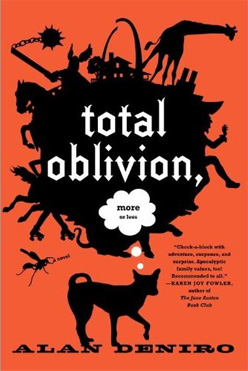David Jones and Anathemata
This poem by Welsh Catholic artist and writer David Jones (1895-1974) is one of the more remarkable long-form poems I’ve read in awhile. Probably best known in America for his World War I hybrid ficiton-poem piece In Parentheses, The Anathemata was first published in 1952. It is subtitled “fragments of an attempted writing”, and is itself only one part of what he intended to be a much larger piece, portions of which were published later in his life.
The Anathemata is sprawling and multi-temporal-it hops and skips throughout the entire fabric of a world whose epicenters are London and Wales. The past finds its future in the words, and vice versa. The lines are heavily accentual based, and deserve to be read aloud.
One unique feature of the poem is its copious use of footnotes. Nearly every little detail of unusual word choice or historiography or reference is put in the footnotes, which makes for a rich sub-poem of the poem itself. Normally, I really really don’t care for this type of approach to poems; I am far more comfortable with letting the poem speak for itself. (Related pet peeve: at a poetry reading, a poet spending more time on the introduction to a single poem than the poem itself.)
However, in this case David Jones makes it work (which proves that no rules are ever writ in stone). Why? Because the poem itself is about the fraying threads of mid-20th century life connected to a nearly lost culture. And Jones is using the footnotes themselves to augment this feeling of loss. (Because there is so much lost.) Why was a London church named St. Mary Stainer? What the hell is the Oaze? (Oaze Deep, a spot in the Thames’ mouth.) He is presenting the circumnavigations of his language (indeed, much of the dialogue and back and forth of the poem is in a sailors’ cant) as an offering, a set of findings. These things might very well disappear, he is letting the reader know.
And in 2012, sixty years later, I’m pretty sure most of them have already. Our culture is far different now from the High Modernist theopoetics of Jones. It is one of surfaces and not abysses. Most in the poetry world of pure, overlapping countercultures now would consider this an unmitigated blessing. And yet there is something deeply moving about Jones’ unwillingness to let the past go-all the while stitching the past to the present. He is not an antiquarian; he doesn’t consider himself “in the wrong era.” So the Anathemata never drifts into cloying sentimentality for a bygone era.
One final and perhaps curious footnote-I did find some echos of probably my favorite poet, J.H. Prynne, in the Anathemata. And it should be the other way around for sure, as Prynne didn’t start publishing books until the late 60s. But there’s really a similar fierce streak of diction that I picked up on. In certain isolated passages of The Anathemata it read like apocrypha from Prynne’s mid to late-70s work, in that its sensibilities were purely encoded in the thrust of the diction itself. And though he sublimates it more, Prynne’s obsessions with history are at least the equal of Jones’.
Here is a passage to whet the whistle (taken from this New York Review of Books look at the poem from 1963):
Before the drift was over the lime-face.
Sometime between the final and the penultimate débâcle. (Already Arcturus deploys his reconnoitering
chills in greater strength: soon his last Putsch on any scale.)
Before this all but proto-historic transmogrification of the
land-face.
Just before they rigged the half-lit stage for dim-eyed Clio to step
with some small confidence the measures of her brief and lachrymal pavan.
I have no idea what Prynne would think of David Jones, to tell the truth, but I would be curious to know the answer.
Here I give Mr. Jones the final word from the preface of the book, delineating its theses much better than I could:
The artist deals wholly in signs. His signs must be valid, that is, valid for him and, normally, for the culture that has made him. But there is a time factor affecting these signs. If a requisite now-ness is not present, the sign, valid in itself, is apt to suffer a kind of invalidation. This presents most complicated problems to the artist working outside a reasonably static culture-phase…. It may be that the kind of thing I have been trying to make is no longer makeable in the kind of way in which I have tried to make it.
OK now I can finally return this book to the library!




